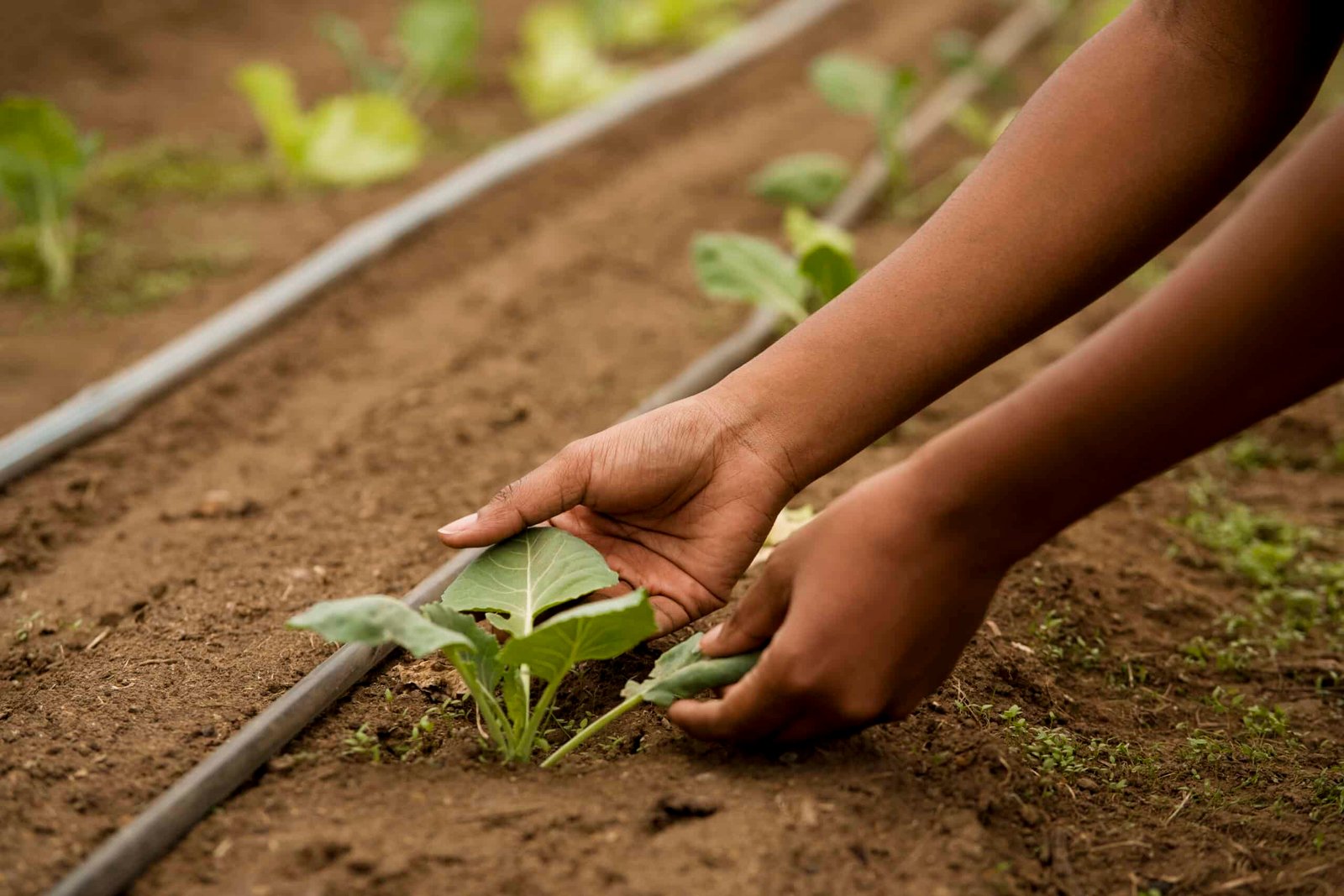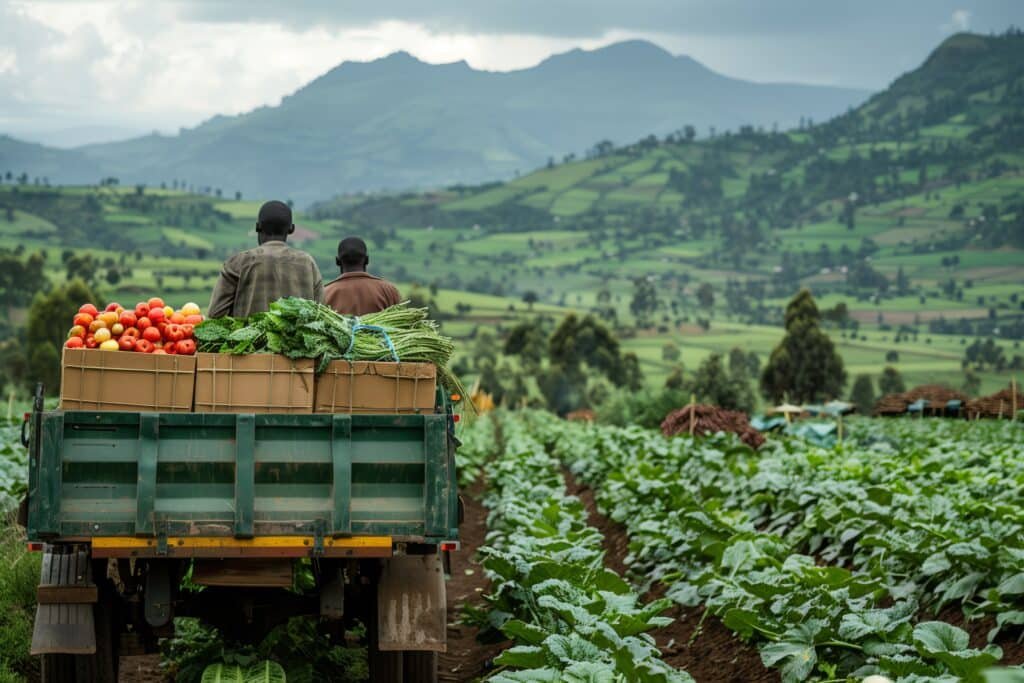Latest News
Organic Farming Techniques Help Bihar Farmer Achieve Cost Savings and Higher Profits

One farmer’s switch to organic farming is receiving a lot of attention in the Muzaffarpur district of Bihar’s heartland, where rice fields and litchi orchards crisscross lush plains. Thanks to organic farming, 42-year-old Ram Prasad Yadav of Gidha village has been able to reduce his input expenses, enhance the health of his soil, and increase the prices he receives for his crops.
Many small-scale farmers in India are finding it difficult to maintain agriculture’s profitability due to increased fertiliser prices, shifting market rates, and climate variability. However, Ram’s tale demonstrates how ecological balance and financial independence may result from using sustainable, chemical-free farming practices.

🚜 The Problem with Conventional Farming
Before switching to organic, Ram Prasad cultivated paddy, wheat, and vegetables using conventional methods. Like many farmers in Bihar, he relied heavily on:
-
Chemical fertilizers (Urea, DAP, MOP)
-
Pesticides and insecticides
-
Hybrid seeds with high input needs
This led to:
-
Soil degradation
-
High input costs
-
Reduced yields over time
-
Debt cycles due to external purchases
In 2018, after a particularly poor monsoon and crop failure, he decided to explore organic alternatives under the guidance of the Paramparagat Krishi Vikas Yojana (PKVY).
🌱 Transitioning to Organic Farming
Ram received training from the local Krishi Vigyan Kendra (KVK) and was introduced to:
-
Compost preparation using cow dung and crop residue
-
Neem-based bio-pesticides
-
Vermicomposting units
-
Natural growth promoters like jeevamrut and panchagavya
His farm was gradually converted into a certified organic plot over three years.
Crops grown:
-
Organic vegetables (brinjal, tomato, ladyfinger)
-
Pulses (arhar, moong)
-
Paddy and wheat varieties
-
Seasonal fruits like papaya and banana
💰 How Costs Were Reduced
Here’s how Ram Prasad significantly cut down his production expenses:
| Input Type | Conventional Cost | Organic Cost | Savings (%) |
|---|---|---|---|
| Fertilizers | ₹12,000/season | ₹2,500 | 79% |
| Pesticides | ₹8,000 | ₹1,500 | 81% |
| Seeds | ₹4,000 | ₹2,000 | 50% |
| Total Input Savings | ₹24,000 | ₹6,000 | 75% Total |
Instead of buying inputs, he now uses on-farm resources, improving self-reliance.
📈 Yield and Profitability
Contrary to the myth that organic farming reduces yield, Ram’s land produced:
-
22 quintals of paddy per hectare (vs. 18 quintals earlier)
-
Better quality vegetables, fetching 20–30% higher prices at local organic mandis
With lower input costs and better price realization, his net profits increased by 40%.
🌍 Environmental and Social Benefits
Besides financial gains, organic farming had other benefits:
-
Soil health improved with higher organic carbon
-
Less water usage due to mulch and moisture conservation
-
Improved family health with reduced exposure to chemicals
-
Recognition from the state agriculture department
Ram is now a local resource person, training 50+ farmers in his cluster under the PKVY program.
🛒 Marketing and Certification
Ram Prasad also joined a Farmer Producer Organisation (FPO) that helps market organic produce in Patna and Kolkata. With PGS (Participatory Guarantee System) certification, he now sells to:
-
Organic retail stores
-
Local weekly organic bazaars
-
Small exporters dealing in organic pulses and rice
The premium price helps compensate for the marginally lower yield during the transition years.
🔍 Challenges and Lessons
Ram admits there were challenges:
-
Pest attacks during early transition
-
Initial hesitation from fellow farmers
-
Limited access to organic input markets
But through persistence and support from agri-departments, he overcame the hurdles and today stands as a model for low-cost, sustainable farming in Bihar.
✅ Conclusion
Ram Prasad Yadav’s journey proves that organic farming is not just an ecological necessity but also a cost-effective strategy for smallholders. By cutting input expenses, enhancing soil fertility, and accessing premium markets, farmers like him are reshaping the agricultural economy of Bihar. With continued government support, training, and market linkages, organic farming has the potential to make Indian agriculture both profitable and sustainable for future generations.
🙋♂️ Frequently Asked Questions (FAQs)
Q1. Is organic farming more expensive than chemical farming?
A: No. While certification and training may cost initially, long-term input costs in organic farming are significantly lower.
Q2. How long does it take to see results in organic farming?
A: Positive changes in soil health and cost savings start showing in 1–2 years. Yield and profit improvements come after 2–3 years.
Q3. Can small farmers in Bihar switch to organic easily?
A: Yes, with support from PKVY, KVKs, and FPOs, many farmers in Bihar are making the shift successfully.
Q4. Are organic products in demand in India?
A: Yes. Urban consumers, export markets, and health-conscious buyers are increasingly demanding chemical-free produce.
Q5. What support is available for organic farmers in India?
A: Government schemes like PKVY, MOVCDNER, and MIDH offer subsidies, training, certification support, and market linkage.





















